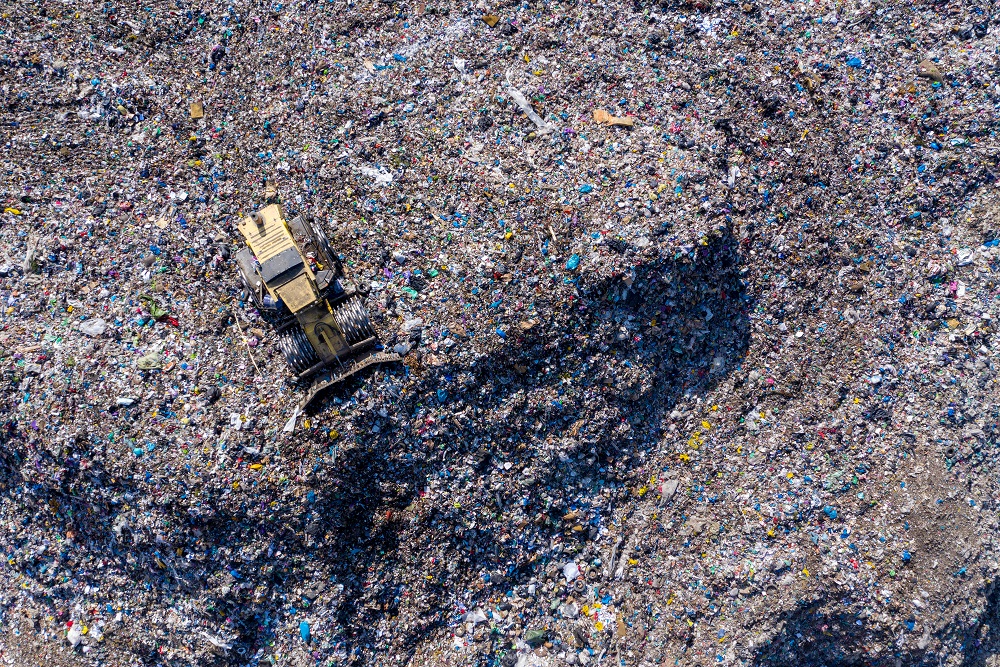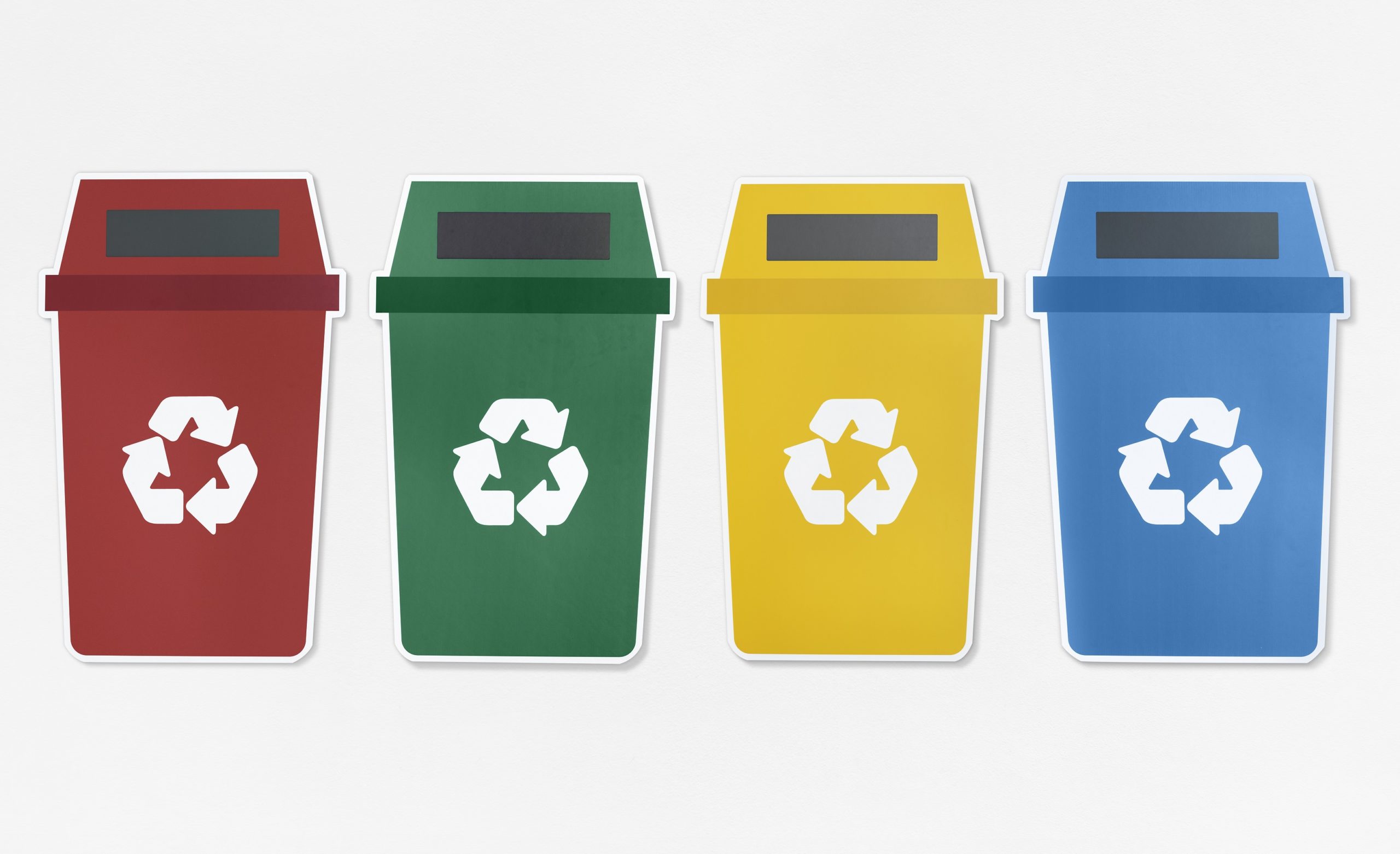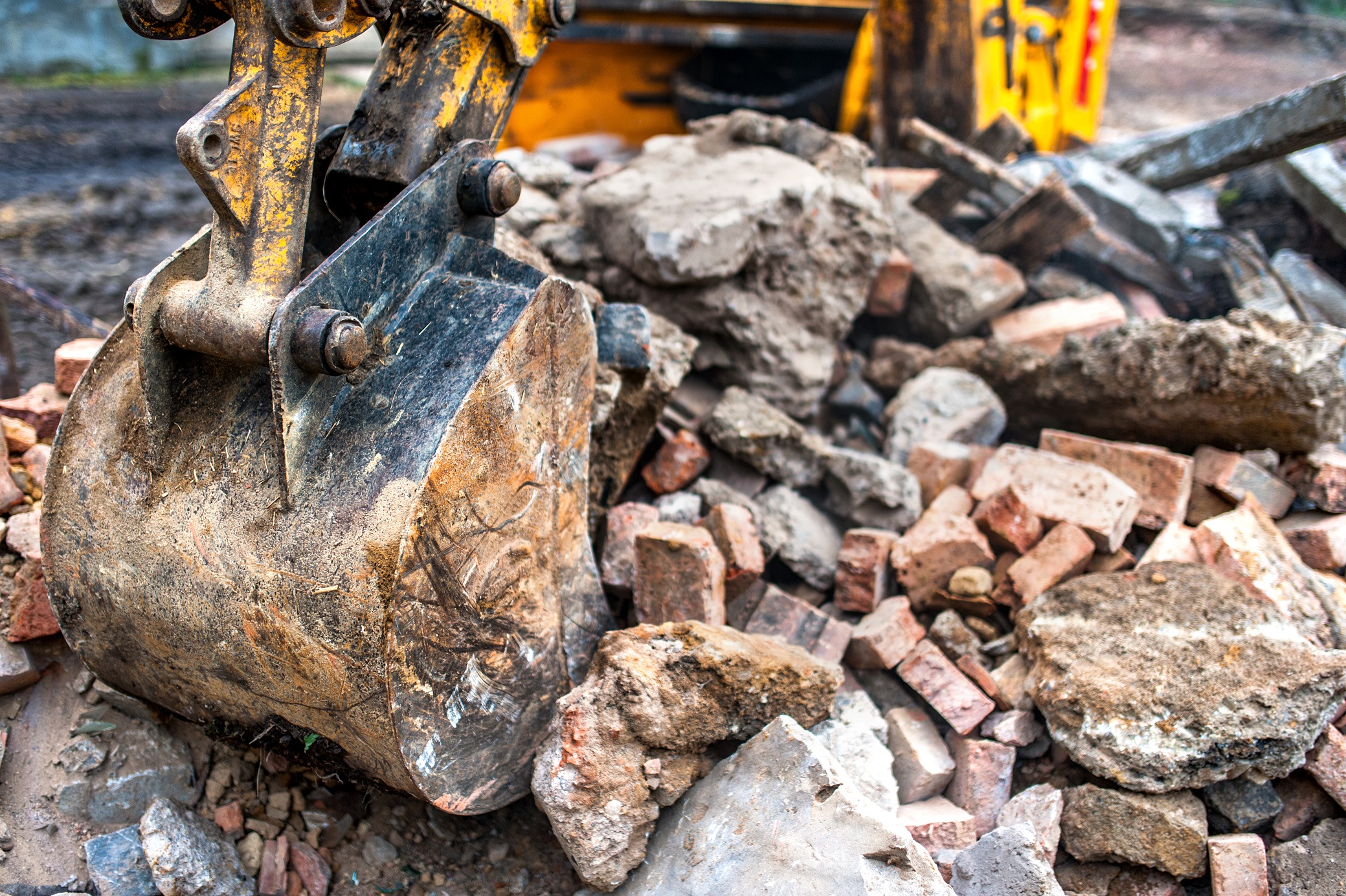Humankind’s voracious demand for electronic devices is producing the world’s fastest-growing waste stream which is called E-Waste. The University of Columbia’s Earth Institute blog says, in 2016 we discarded more than 45 million tons of e-waste, and that number is all set to grow to 60 million tons by 2021. The amount of e-waste generation is growing exponentially, and there are just no signs of slowing down – It would be wrong to say we are living amid a tsunami of e-waste.
What Is E-Waste?

E-waste includes all end-of-life products which run with the battery or have a power cord. It includes a wide range of products like electrical toys, small kitchen appliances, vacuum cleaners, power tools, computers, laptops, switches, servers, printers, routers, electrical toothbrushes, etc.
Electronic waste has negative effects on our environment, with rapidly increasing levels of e-waste the health of humans and animals and the risk of having your data stolen is also raised. Hence, responsible recycling of used electronic devices is vital to ensure we are protecting the environment and ourselves and even our business as a whole.
Why Electronic Waste Is Such A Problem?
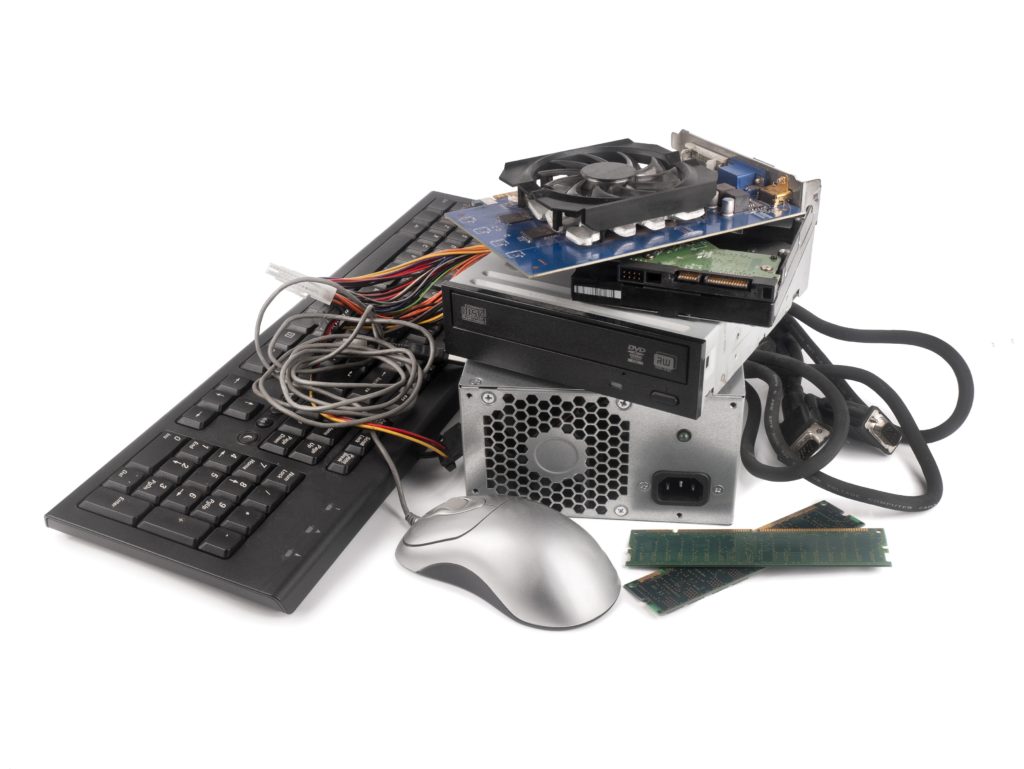
This form of waste keeps growing: Currently, more and more people are buying electronic devices and many such devices are retiring even faster. Cell phones, for example, have a useful life of 18 to 24 months only. According to a study by the Consumer Electronic Associations (CEA), in the year 2012 alone, the average U.S. household spent 1,312 US dollars on consumer electronic products. Here’s a quick run-down on why electronic waste is such a big problem:
· Environmental effects
Had to be #1. Electronic devices contain several toxic materials that are being released into bodies of water, groundwater, soil, and air. This is highly affecting both land and sea animals. When such waste is thrown out, they land up in landfills causing the toxic materials to seep into groundwater. In addition, when e-waste is warmed up, toxic chemicals are released into the air polluting the atmosphere.
· Heaps E-Waste Is Shipped Overseas
There are informal recycling markets in India, China, Vietnam, Philippines, and Pakistan who handle around 50 percent to 80 percent of the world’s e-waste. China holds one of the largest e-waste sites in the world in Guiyu. When electronic waste is dumped in these countries the impact is harmful to the environment of that country and the health of the people living in it.
· Health Implications
Most electronic products contain poisonous materials like lead, zinc, nickel, barium, and chromium. Precisely with lead, if it is released into the environment it can cause damage to human blood, kidneys, as well as central and peripheral nervous systems. People living in Guiyu, China display extensive digestive, neurological, respiratory and bone problems.
· Data Security
Business owners need to be concerned with where their electronic products are going after disposal as they could fall victim to sensitive data loss, identity theft, consumer scams, data breaches and loss of integrity.
Responsible Recycling – Need Of The Hour
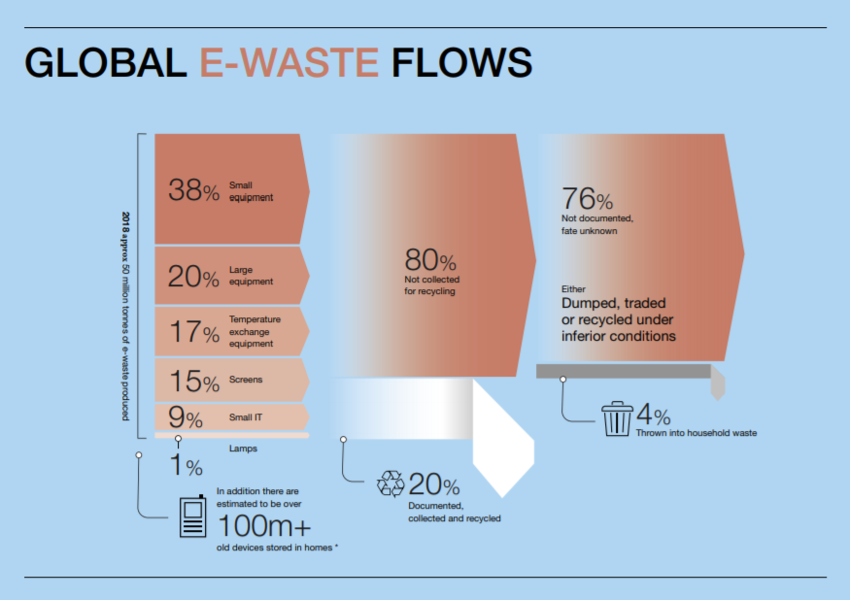
We already mentioned, most electronics contain toxic materials that are nearly impossible to remove once they enter our ecosystem through illegal dumping or through landfills.
Perceptibly, our consumer electronics need to go somewhere after the end of their lifespan, but not necessarily to the landfills. According to a January 2019 report from the World Economic Forum, E-waste is now the fastest-growing waste stream in the world, with an estimated waste stream of 48.5 million tons in 2018. This is possibly one reason why we should care. If e-waste is managed properly, it won’t go to the landfill resulting in a smaller impact on our environment.
If electronics are responsibly recycled, its components can be repurposed and reused for future use. Parts like iron-based metal, glass, and plastic casings can be melted down and reused as raw materials for other products. However, when they are thrown away – our environment suffers.
Hazardous materials are quickly seeping into our groundwater reservoirs and eventually making way into our rivers, lakes, and oceans, affecting marine habitats and even humans disproportionately.
Read: 7 Construction Waste That Can Be Recycled
Almost All E-Waste Can be Recycled
Yes, almost all electronic products can be recycled. It involves a process in which materials are recovered, segregated and reused as secondary raw materials for the production of new equipment and products. Also, for many electrical appliances, one could extend its lifecycle by simply repairing it and reuse it. It is important to understand that reusing prolongs the lifecycle which reduces the demand for new products and components. In the end, it leads to a positive effect on the environment because of the reduction of CO2 emissions and the reduced need for mining raw materials during production. Now, here’s a quick look at why electronics recycling is so very important:
- Rich Source of Precious Raw Materials
Did you know, only 10-15 percent of the gold in e-waste can be successfully recovered, while the rest is simply lost? Incongruously, according to United Nations, electronic waste comprises deposits of precious metal estimated to be between 40 and 50 times richer than ores mined from the earth.
- Solid Waste Management
The explosion of grown in the electronic industry, collective with tiny product life cycles of e-products has led to a rapid explosion of solid waste. Recycling this waste could help in better solid waste management.
- Toxic Materials
Toxic substances like lead, mercury, cadmium, and chromium, need proper processing to ensure these materials are not released into the environment.
- International Movement of Hazardous Waste
The uncontrolled movement of e-waste to countries where cheap labor and primitive approaches to recycling have resulted in health risks to residents exposed to the release of toxins continues to be an issue of concern.
Read: [Video] “A Zero Energy, Water, Waste Future” – Insights by Mike Dieterich
In Conclusion
E-waste is one global concern, alarmingly it is showing no signs of slowing down in the near future. In 2019, with the lifespan of products becoming petite than ever as a result of innovation and planned outmodedness, e-waste will only continue to grow at a faster pace. What can you do? Try to recycle or donate your old electronics to prevent it from becoming e-waste.
Setting the right habits for e-waste management is the only way in which we can tip the scale and reduce the environmental impact of exploited electronics.
Curated by editor at Wienerberger India

Like this story? Or have something to share? Write to us: gosmartbricks@gmail.com or connect with us on Facebook and Twitter.


